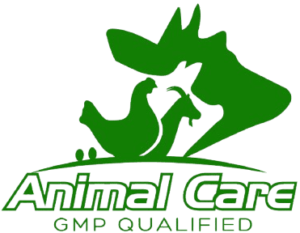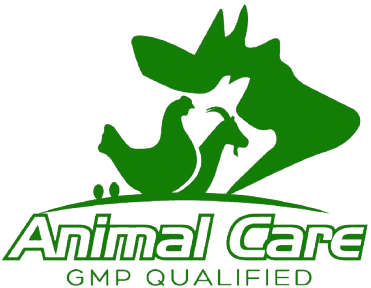1. Common Sheep Diseases and Their Definitions
Sheep are susceptible to a number of diseases that can lead to significant losses. Understanding these diseases is essential for prevention and early treatment:
- Foot and Mouth Disease (FMD)
A highly contagious viral disease that affects the mouth and hooves of sheep, causing blisters, loss of appetite, and difficulty walking. - Enterotoxemia
Caused by Clostridium perfringens, this disease often affects sheep that consume high-protein or high-starch feeds, leading to sudden death in acute cases. - Parasitic Worm Infections
Intestinal parasites, such as worms, cause weight loss, anemia, and poor growth in sheep, especially in flocks with poor sanitation. - Peste des Petits Ruminants (PPR)
A viral disease that causes high fever, diarrhea, respiratory distress, and mouth ulcers, with a high mortality rate if not treated promptly.
2. Causes of Sheep Diseases
Each disease has specific causes that can help in its prevention:
- Foot and Mouth Disease: Spread through direct contact or contaminated equipment, feed, or water.
- Enterotoxemia: Caused by the overgrowth of Clostridium bacteria, usually triggered by diets high in protein or starch.
- Parasitic Worm Infections: Spread through contaminated pasture, feed, or water, especially in poor hygienic conditions.
- PPR: Transmitted through contact with infected animals’ secretions and airborne particles, especially in overcrowded or unhygienic environments.
3. Symptoms, Differential Diagnosis, and Diagnostic Methods
Accurate diagnosis of sheep diseases is crucial for effective treatment:
- Foot and Mouth Disease:
- Symptoms: Fever, blisters on the mouth and hooves, lameness.
- Differential Diagnosis: Should be differentiated from Bluetongue disease, which causes tongue swelling, while FMD primarily affects hooves.
- Diagnosis: Confirmed through laboratory viral testing.
- Enterotoxemia:
- Symptoms: Sudden death, sometimes preceded by diarrhea or seizures.
- Differential Diagnosis: Copper poisoning, which causes jaundice, should be ruled out as it also leads to rapid death.
- Diagnosis: Identified through laboratory detection of bacterial toxins.
- Parasitic Worm Infections:
- Symptoms: Weight loss, anemia, diarrhea, poor growth.
- Differential Diagnosis: Should be distinguished from bacterial diarrhea or malnutrition, as worm infections typically present with anemia and weight loss.
- Diagnosis: Fecal tests to detect parasite eggs.
- PPR:
- Symptoms: High fever, difficulty breathing, severe diarrhea, mouth ulcers.
- Differential Diagnosis: Distinguish from Sheep Pox, which presents with skin lesions, while PPR affects the respiratory and digestive systems.
- Diagnosis: PCR testing or viral isolation for confirmation.
4. Prevention and Treatment (Mascot Products)
Mascot brand veterinary products provide effective solutions for the prevention and treatment of common sheep diseases:
- Foot and Mouth Disease Management
- Treatment: While no cure exists for FMD, using Mascot’s disinfectants can help control viral spread. Symptomatic treatment with Mascot’s antibiotics can prevent secondary infections and aid recovery.
- Enterotoxemia Treatment
- Treatment: Mascot’s antitoxin injections can neutralize toxins produced by Clostridium. Combined with supportive care like fluid therapy and antibiotics, this approach significantly improves survival rates.
- Parasitic Worm Infection Prevention and Treatment
- Prevention: Regular deworming is essential. Mascot’s Albendazole oral solution can effectively prevent and treat intestinal parasite infections, ensuring healthy growth.
- Treatment: For severe infections, Mascot’s Ivermectin injections or Albendazole tablets are recommended to quickly eliminate internal parasites.
- PPR Treatment and Control
- Treatment: Although no direct cure for PPR exists, Mascot’s supportive treatment products—such as rehydration solutions and antibiotics—can help manage symptoms, prevent secondary infections, and support recovery.
Conclusion
Effective health management of sheep requires a combination of disease prevention and timely treatment. Through proper feeding, regular monitoring, and the use of Mascot veterinary products, farmers can significantly reduce the risk of disease outbreaks and ensure their flocks’ maximum productivity.




